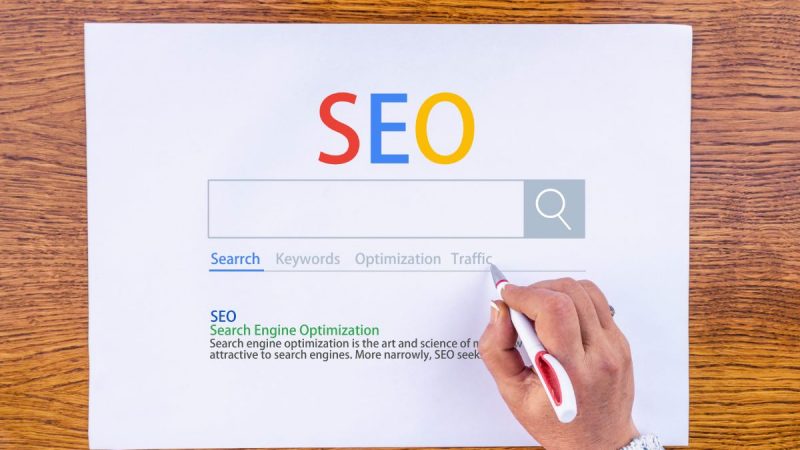How to create a website for your business?

The internet has become an essential part of our lives. We use it for everything from keeping in touch with friends and family, to finding a new job, or even ordering our groceries. It’s no wonder then that more and more businesses are seeing the potential of creating a website. A website can be a great way to promote your business and reach out to new customers. But if you’ve never created a website before, where do you start? In this article we will give you some tips on how to create a website for your business.
Creating a website for your business can seem like a daunting task. But it doesn’t have to be! In this blog post, we will walk you through the process of creating a website, from start to finish. We will discuss what you need to do before you even start building your website, and then we will show you how to create each page. Finally, we will give you some tips on how to promote your website and increase traffic. Let’s get started!
Building a better website: the step-by-step guide
Creating a website for your business is a great way to promote your company and reach out to new customers. But if you’ve never created a website before, where do you start? In this article we will give you some tips on how to create a website for your business.
1. Decide what you want your website to achieve
Before you start building your website, it’s important to take a step back and decide what you want it to achieve. Do you want to use your website as a platform to sell products or services? Or do you simply want to use it as a way to showcase your work and attract new clients? Once you know what your goals are, you can start planning out your content
and design.
2. Choose a domain name and web hosting provider
The next step is to choose a domain name and web hosting provider. Your domain name is the address of your website (for example, www.example.com). And your web hosting provider is the company that will store your website’s files on their servers and make sure that your site is accessible to people all over the world.
3. Design your website
Now it’s time to start designing your website! If you’re not a designer, don’t worry – there are plenty of tools out there that can help you create a professional-looking site without any experience.
What you need to do before you even start building your website
Planning is critical for any website, no matter how big or small. Without a plan, it’s easy to get lost in the details and end up with a mess of a website. So before you even start building your website, take some time to sit down and think about what you want your site to achieve.
Think about your goals for the site and what you want visitors to do when they come to your site. Do you want them to buy something? Sign up for a newsletter? Learn more about your company or product? Once you know what you want people to do on your site, you can start planning out the individual pages and features that will help them achieve those goals.
Start by mapping out the structure of your site. What pages will it have? What information will each page contain? Once you have a good overview of the different pages on your site, you can start thinking about the individual elements that will go on each page.
What kind of imagery will you use? What kind of text? How will you lay everything out? The more thought you put into the planning stage, the easier it will be to build a website that meets your goals and provides a great experience for your visitors.
How to promote and increase traffic to your website
There are many ways to promote and increase traffic to your website. Some of the most effective methods include:
1. Search engine optimization (SEO) – This is the process of optimizing your website for better search engine rankings. By improving your SEO, you can increase your visibility in search engines and attract more visitors to your site.
2. Pay-per-click (PPC) advertising – This is a form of online advertising where you pay for each click on your ad. PPC can be an effective way to drive traffic to your site, especially if you target key keywords.
3. Social media marketing – This involves promoting your website and content through social media channels such as Facebook, Twitter, and LinkedIn.
Overall, creating a website for your business is not as difficult or time-consuming as you may think. By following the steps outlined in this article, you can have a professional and effective website up and running in no time. With a little bit of effort and planning, your business will be able to reap the benefits that come with having an online presence.



